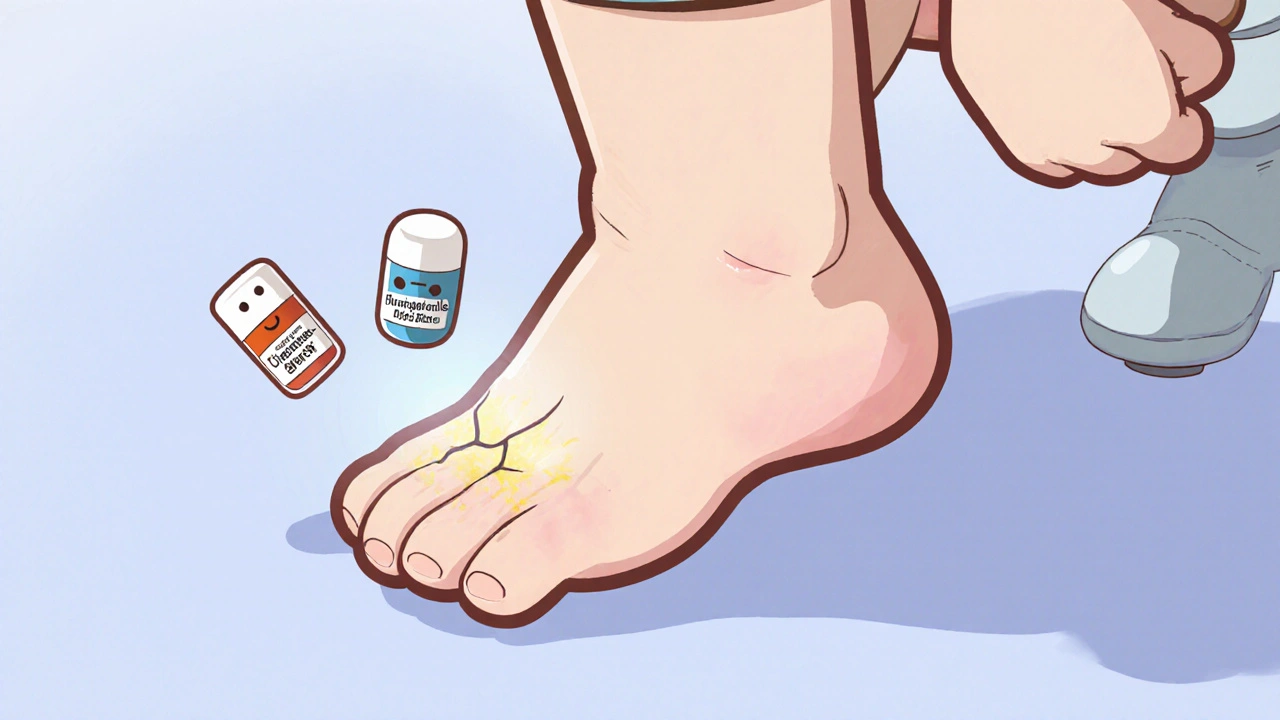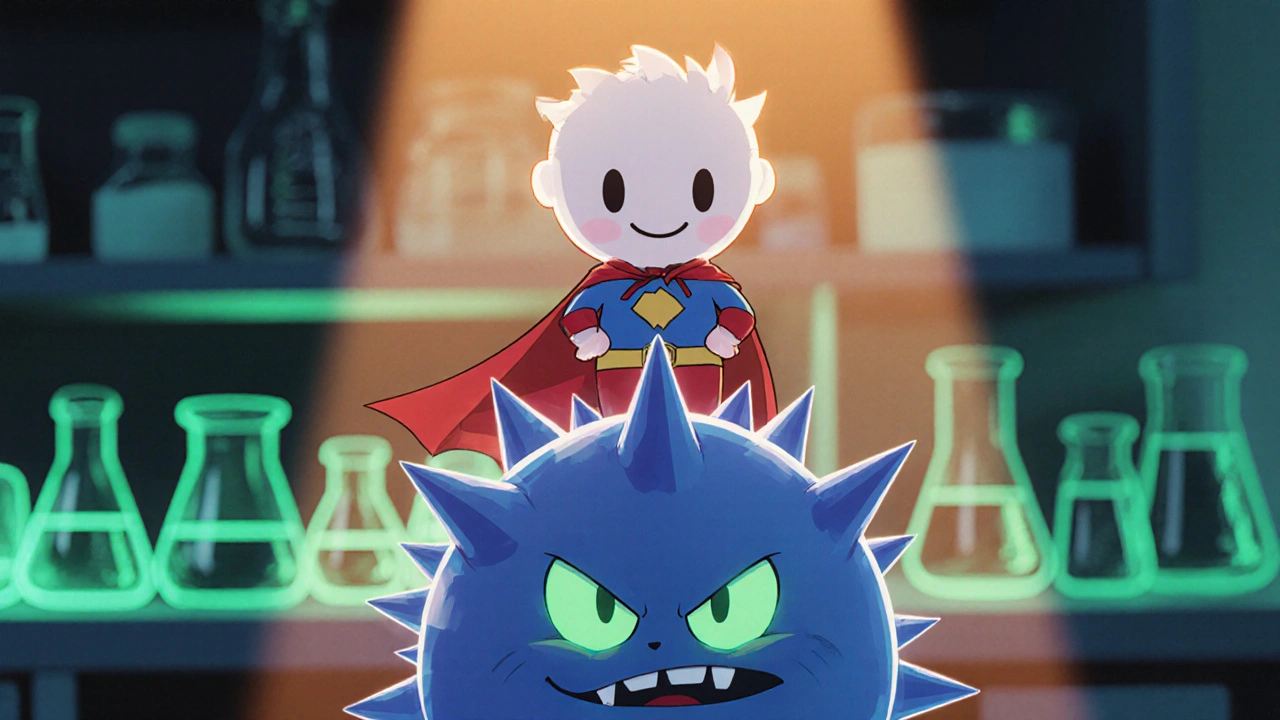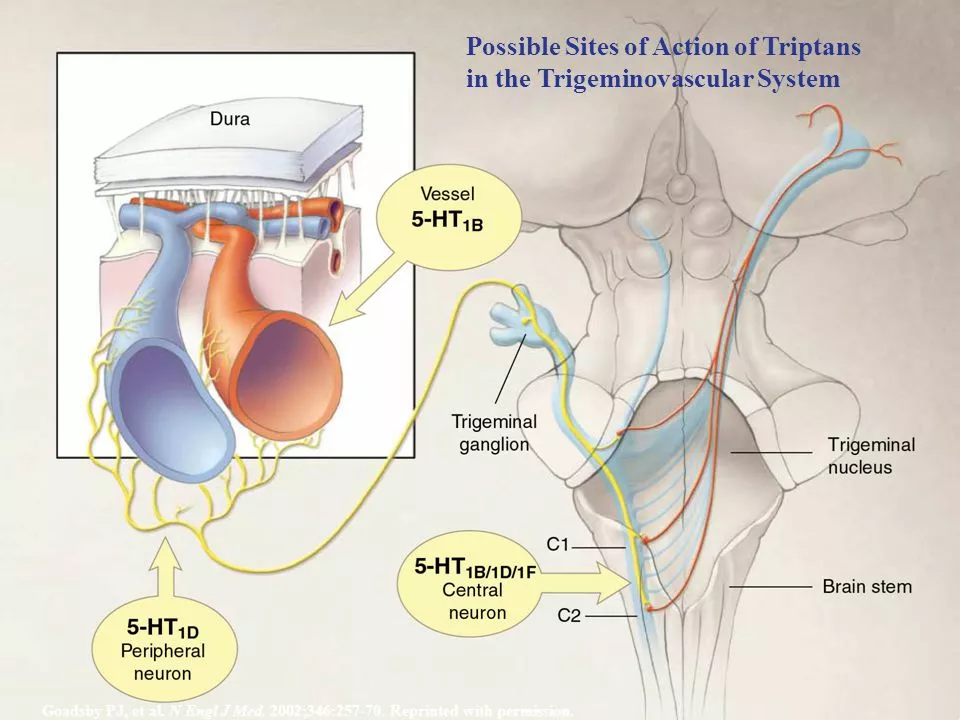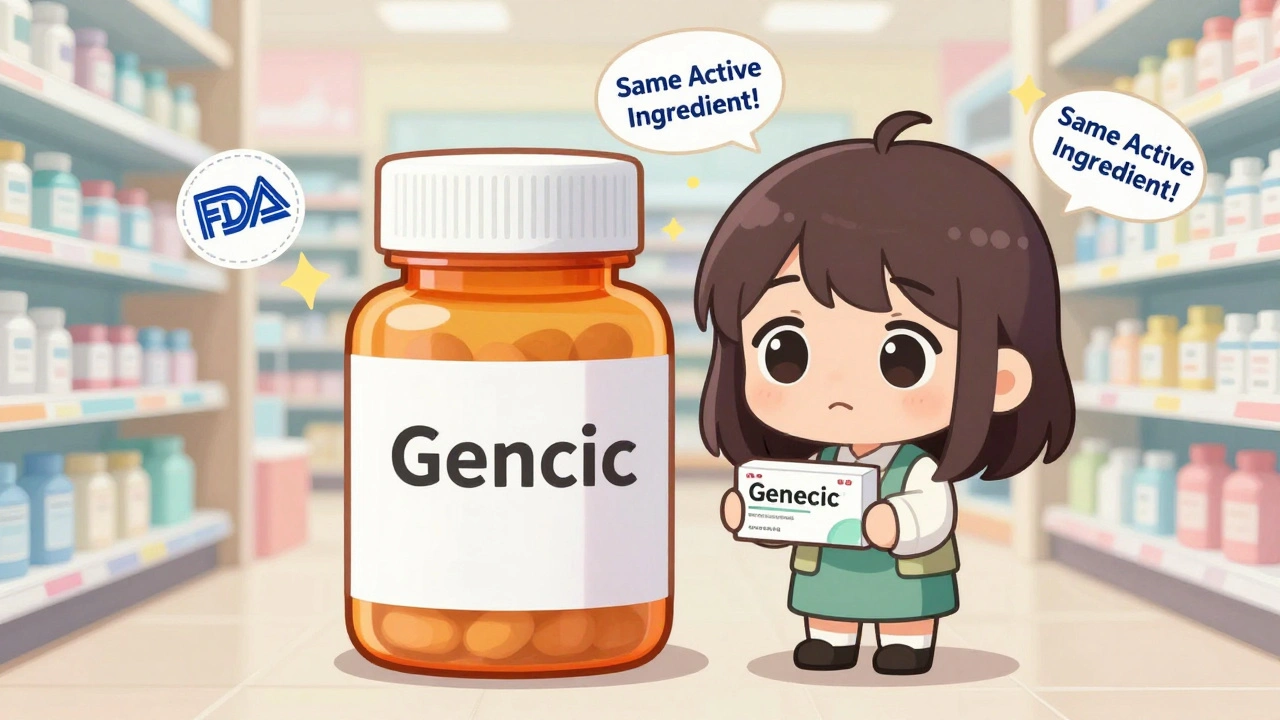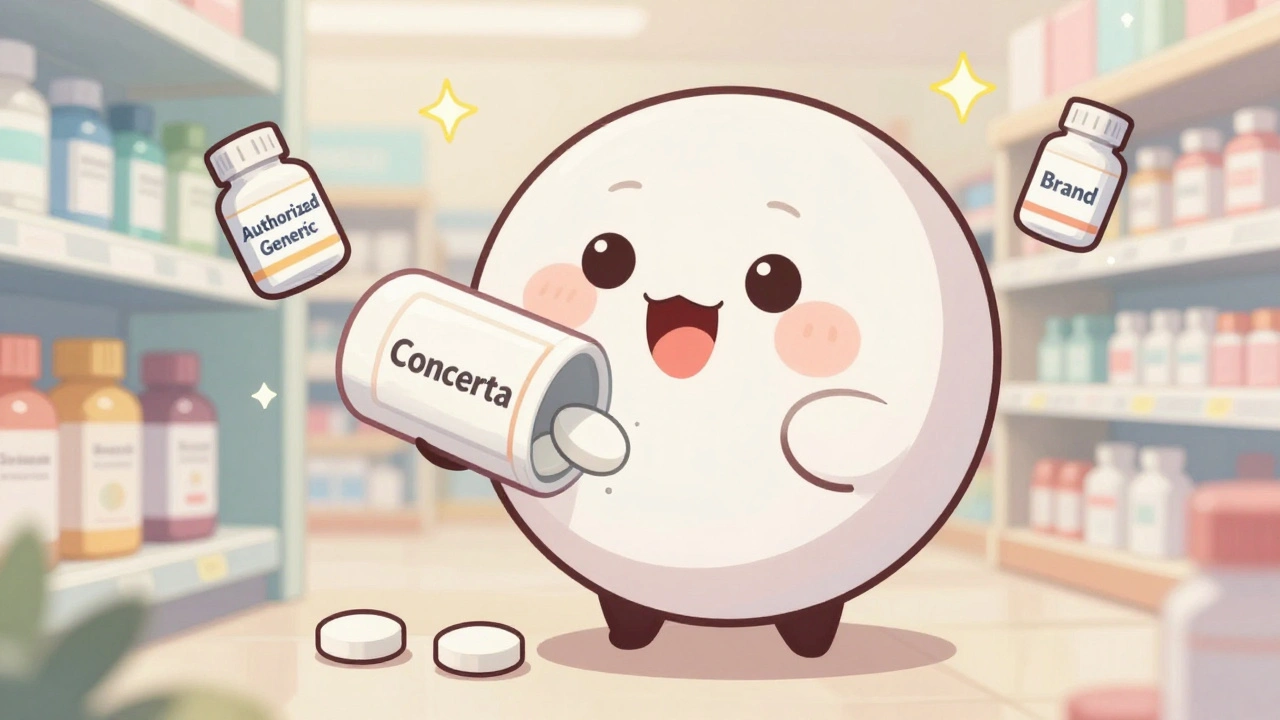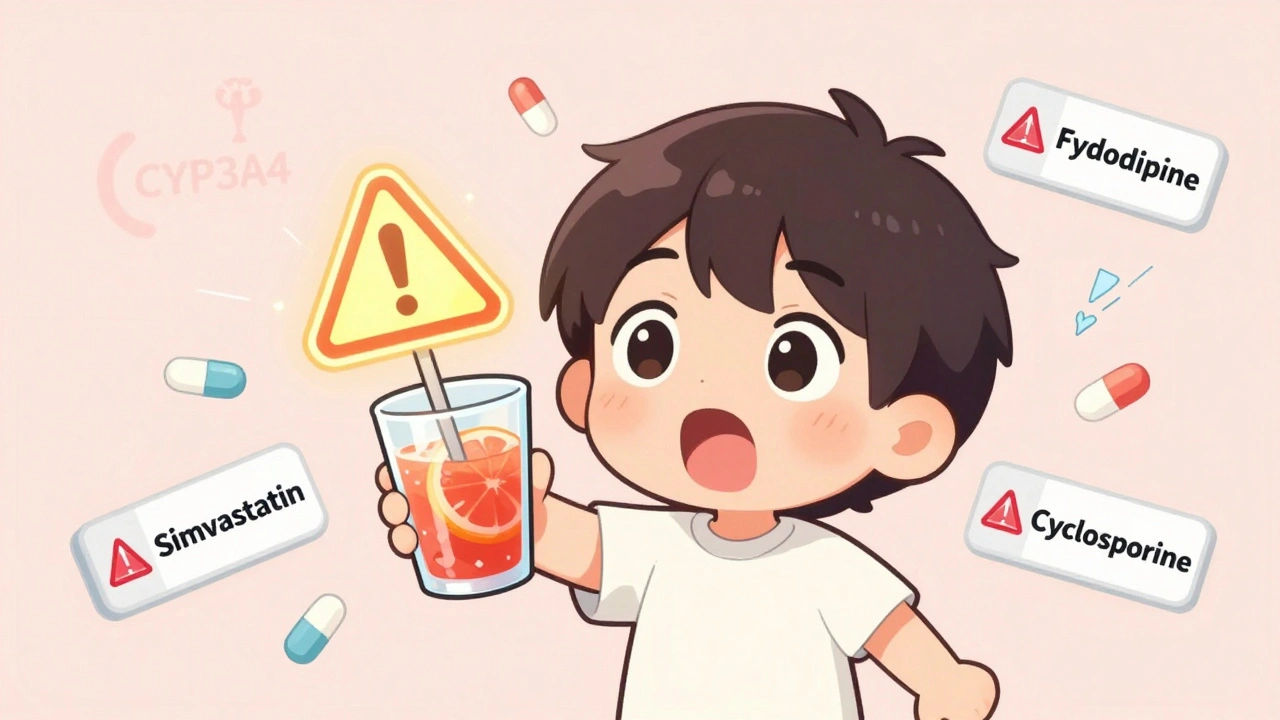Pharmaceutical Science and Research: What You Need to Know
Ever wonder how a pill turns into relief for a sore throat or a rash? The answer lies in pharmaceutical science – the study of how medicines are made, how they work, and how they’re tested. In plain English, it’s the process that turns a lab recipe into a bottle you can trust. Understanding the basics helps you read labels, ask better questions, and feel more confident about the treatments you use.
Pharmaceutical research begins with a tiny idea: a molecule that might change the way your body reacts to disease. Scientists sketch the structure, synthesize it in a lab, and then run a battery of tests. First, they look at how the molecule interacts with cells in a petri dish. Does it block a harmful chemical? Does it boost a protective one? Those early clues set the stage for the next steps.
How Researchers Uncover Drug Actions
Once a molecule shows promise, researchers move to animal studies. This stage reveals whether the drug is safe enough for humans and gives a rough picture of dosage. After that, human trials unfold in three phases. Phase 1 checks safety in a small group, Phase 2 looks at effectiveness and side‑effects, and Phase 3 compares the new drug to existing treatments in large populations. If the data hold up, regulatory agencies review the results and decide if the drug can hit the market.
During all these phases, scientists track the drug’s mechanism of action – the exact way it influences the body. Knowing the mechanism lets doctors predict benefits, anticipate side‑effects, and combine the drug with others safely. It also fuels future research, because each discovery becomes a building block for the next breakthrough.
Spotlight: The Science Behind Triamcinolone
Take triamcinolone, a corticosteroid you might see in creams, inhalers, or eye drops. Its main job is to calm inflammation. How? Triamcinolone binds to glucocorticoid receptors inside cells, which then travel to the cell’s nucleus. Once there, they switch off genes that produce inflammatory chemicals like prostaglandins and leukotrienes. The result is less swelling, redness, and pain.
Because it suppresses the immune response, triamcinolone also helps with allergic reactions and autoimmune skin conditions. You’ll often hear doctors say it “shuts down” the overactive immune system in a controlled way. That’s why it’s effective for conditions such as eczema, arthritis, and certain eye inflammations. However, the same immune‑dampening effect means long‑term use can raise infection risk, so doctors usually limit the duration or strength of treatment.
Understanding triamcinolone’s mechanism helps you use it wisely. If your doctor prescribes a short burst of a cream, it’s likely to give quick relief without the downsides of prolonged use. If you’re on an inhaler for asthma, the drug works locally in the lungs, reducing the need for higher doses that could affect the whole body.
Bottom line: knowing the science behind a drug like triamcinolone turns a mysterious prescription into an informed choice. You can ask your pharmacist how the medication works, what side‑effects to watch for, and whether a different option might fit your lifestyle better.
Pharmaceutical science doesn’t stop at one drug. New research into hormone pathways, gene editing, and personalized medicine is reshaping how we treat disease. Staying curious about how medicines work keeps you ahead of the curve and empowers you to have smarter conversations with your healthcare team.
So the next time you pick up a bottle of pills, remember there’s a whole research story behind each tablet – from molecule to mechanism. Knowing that story helps you use the medicine safely and get the most out of it.
